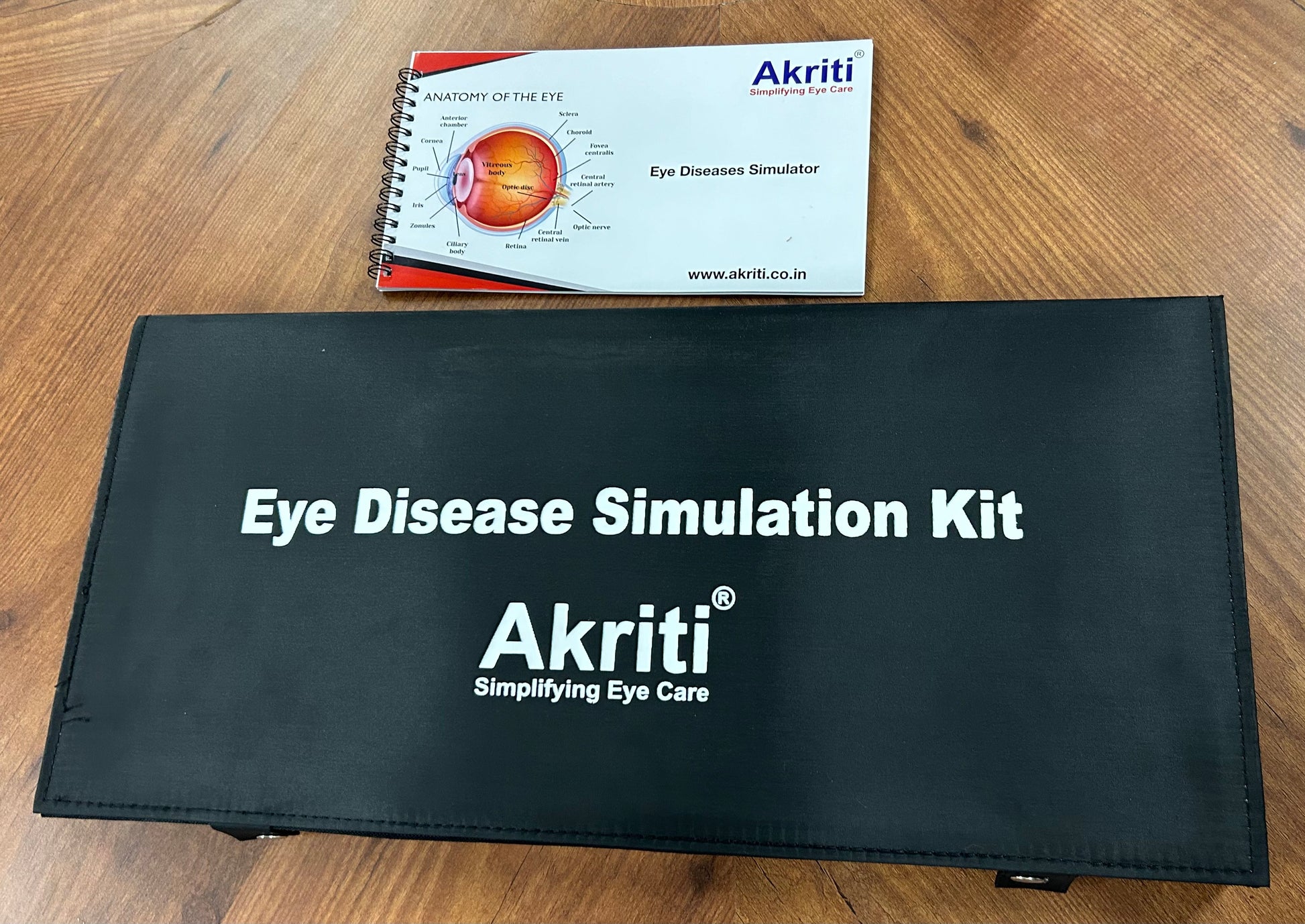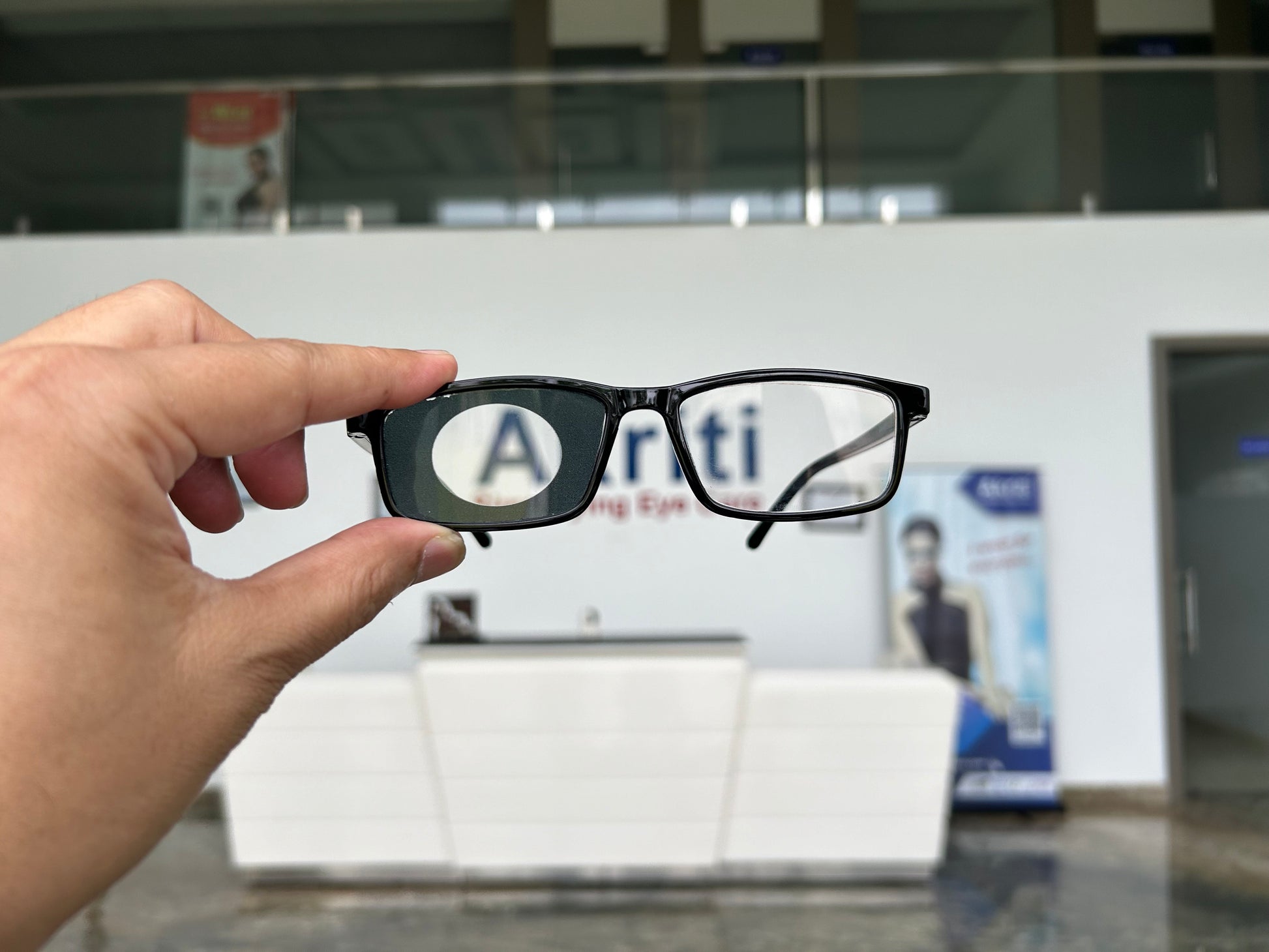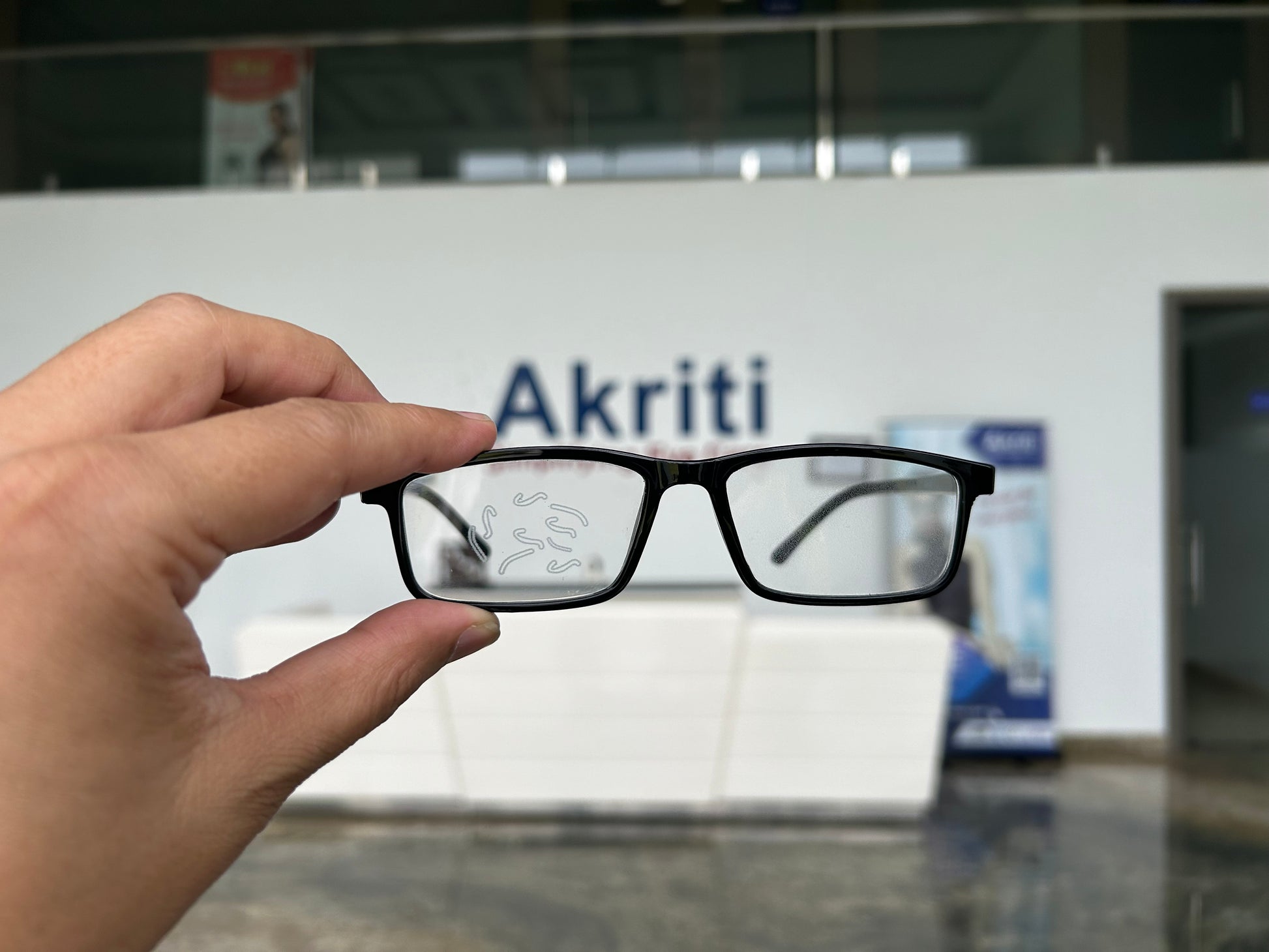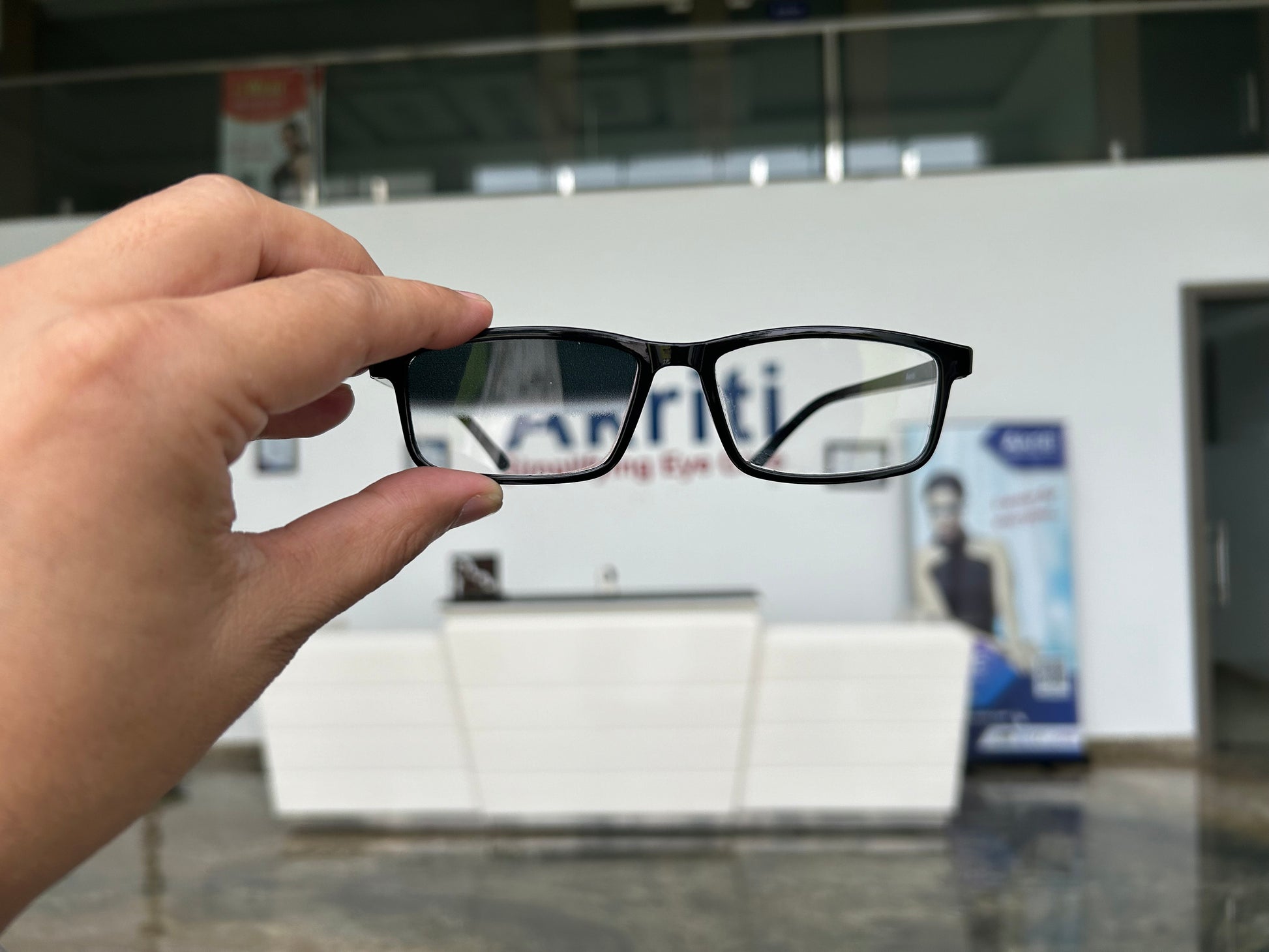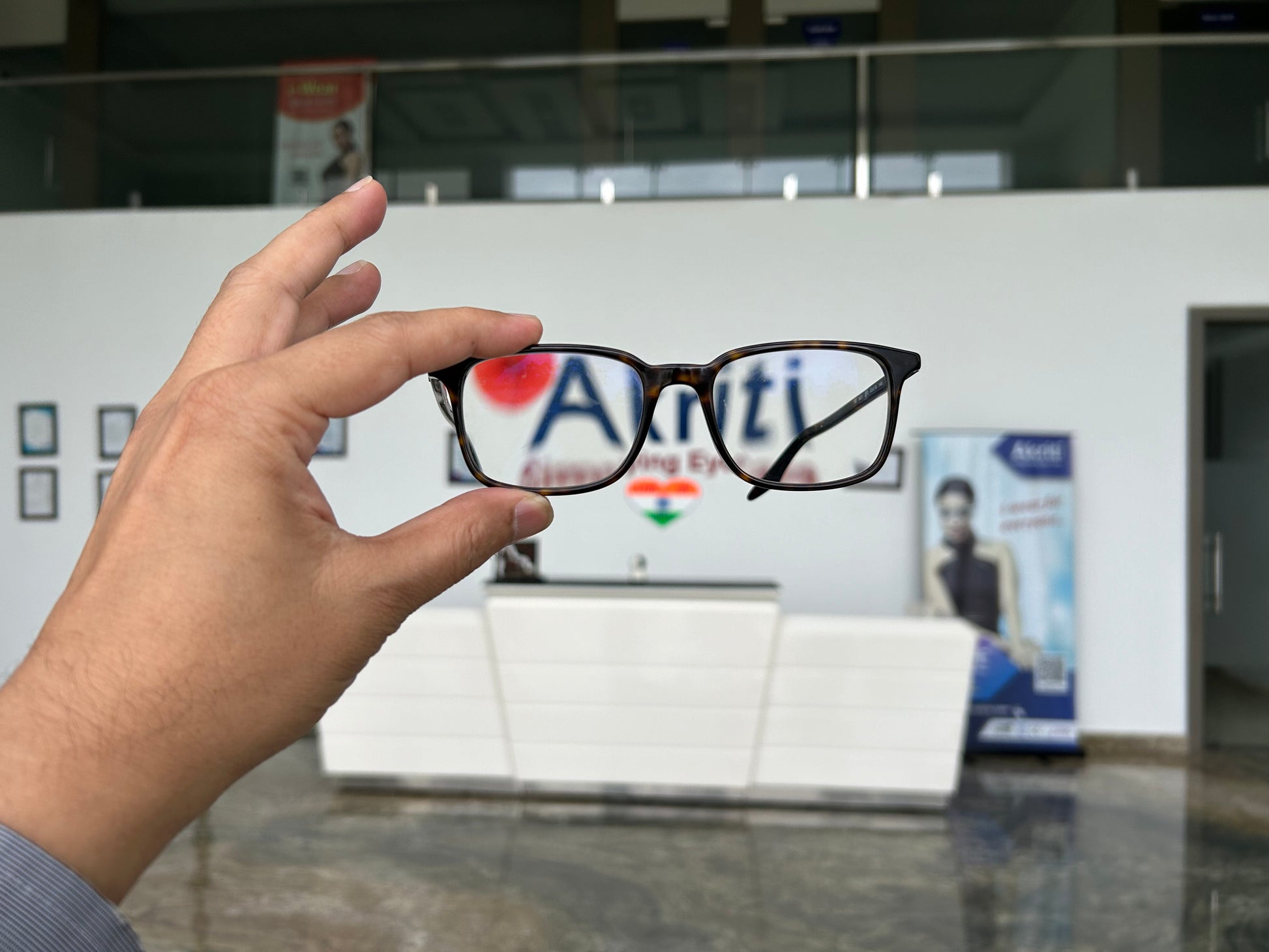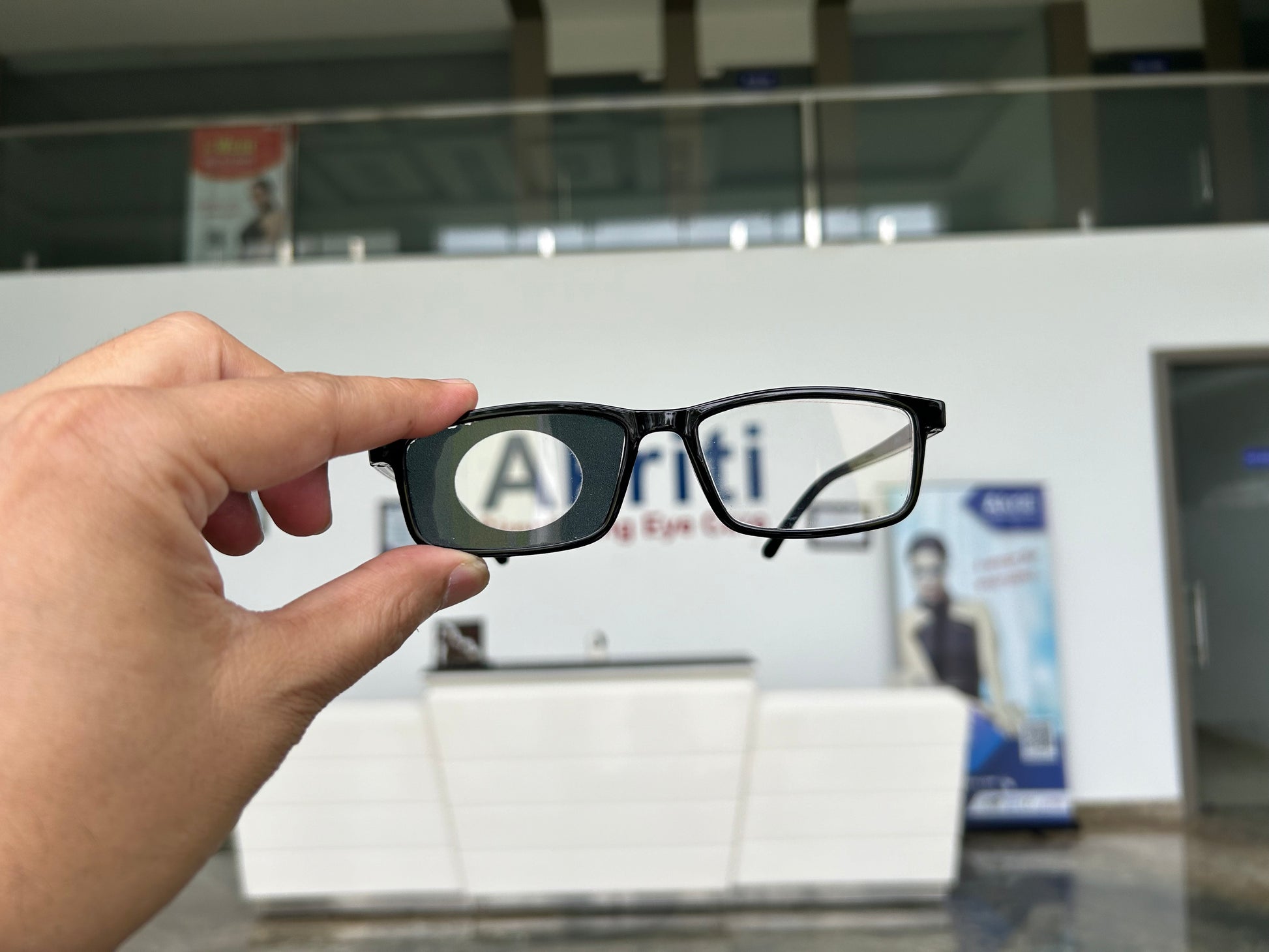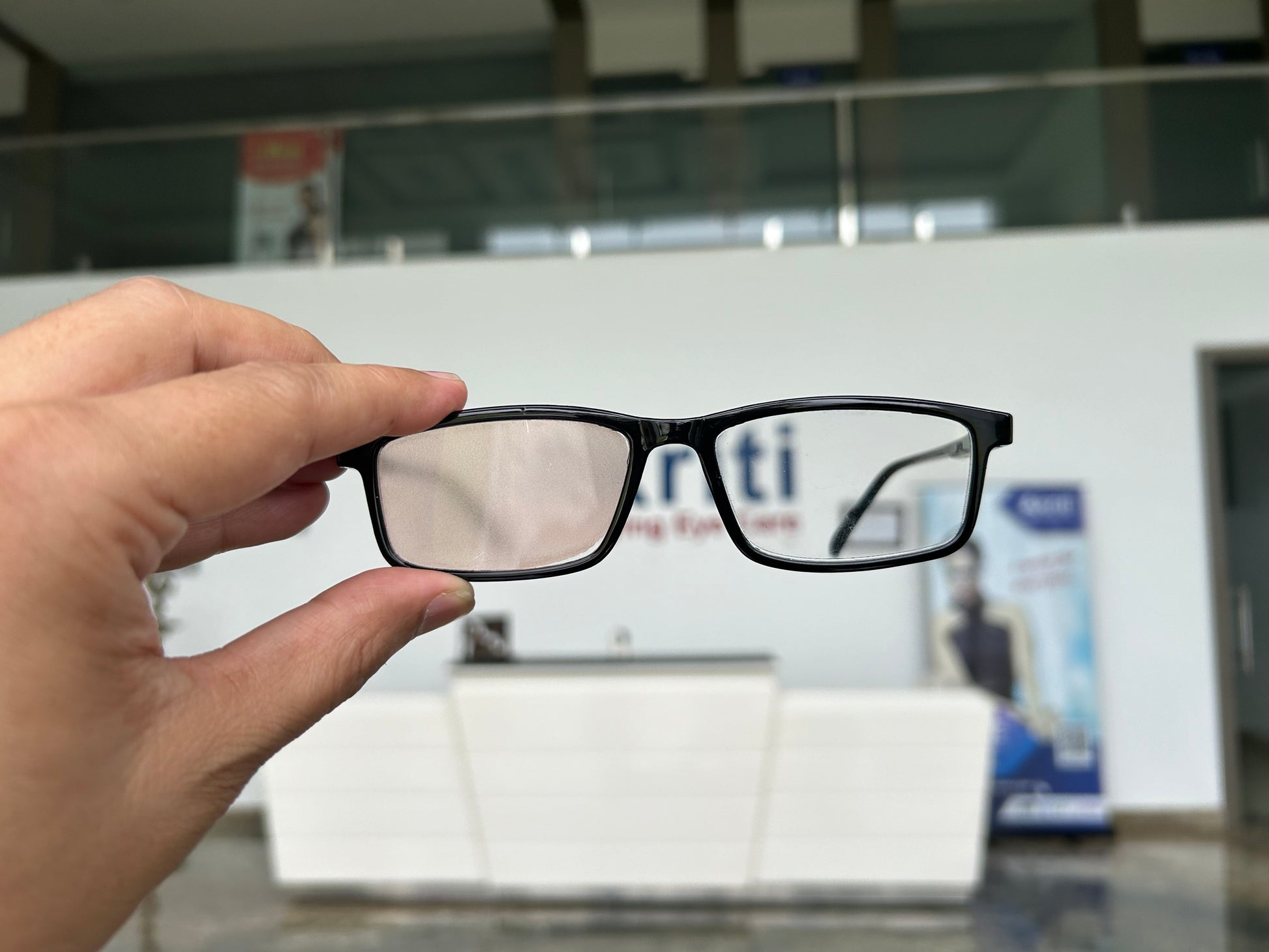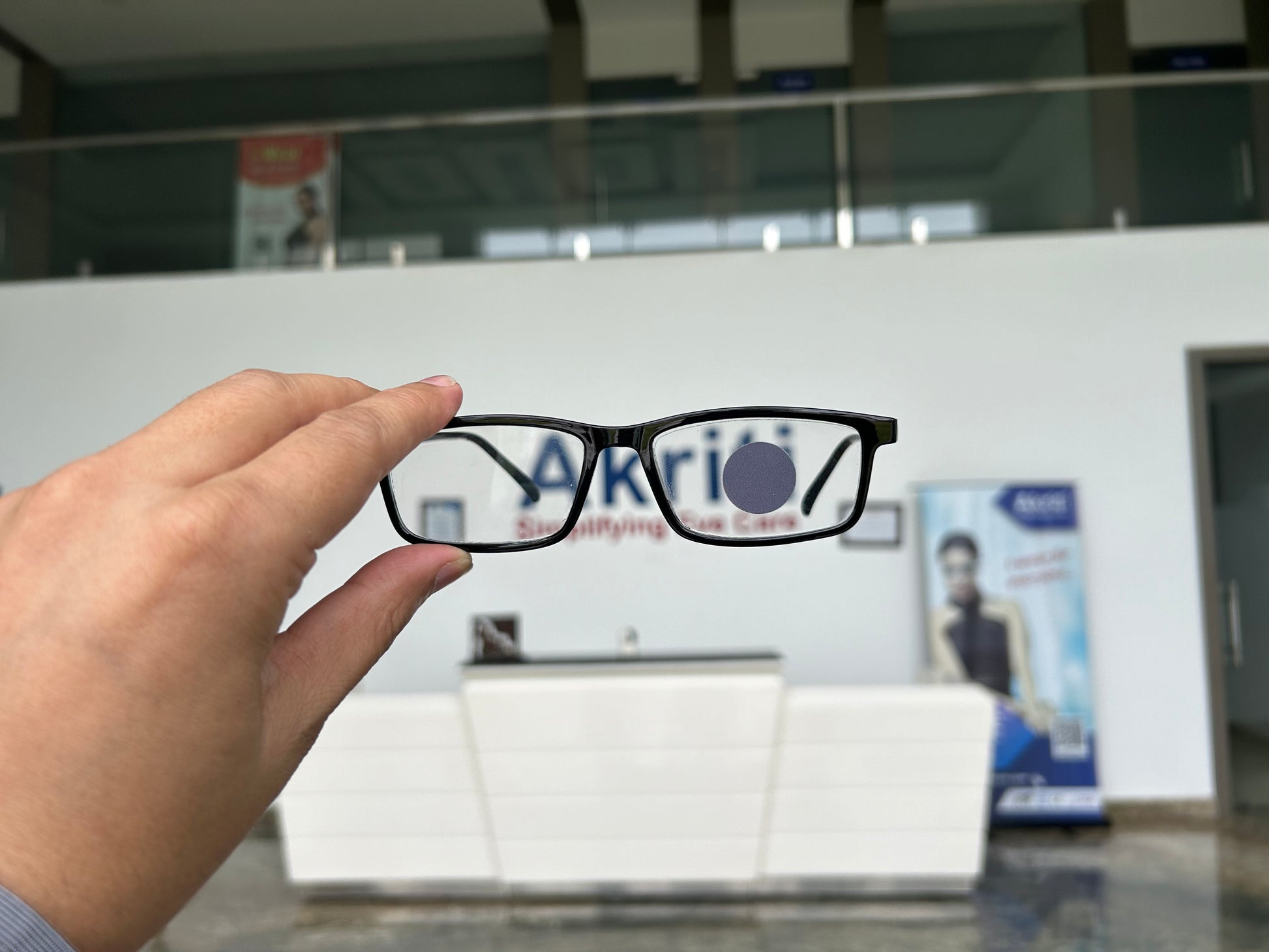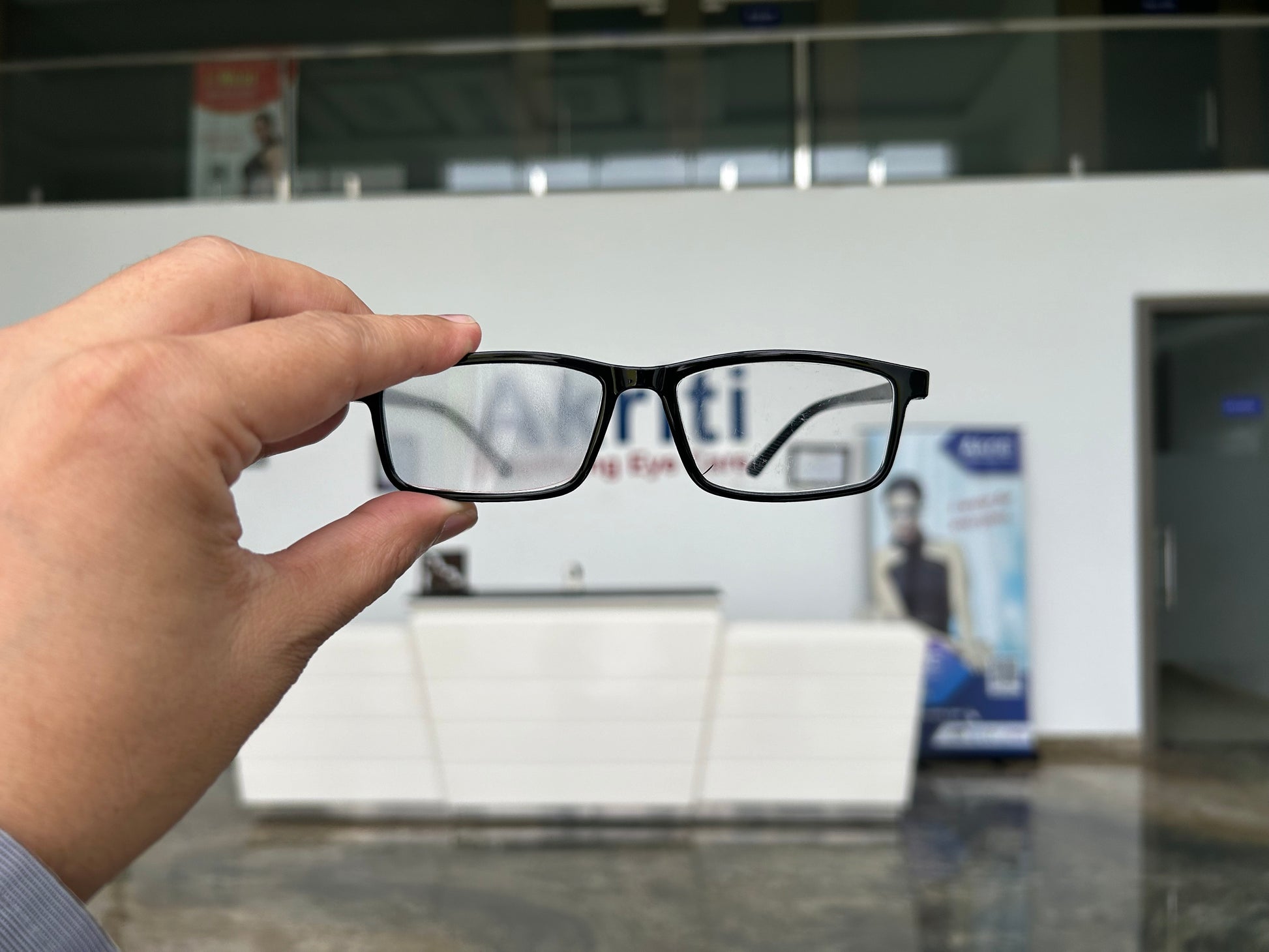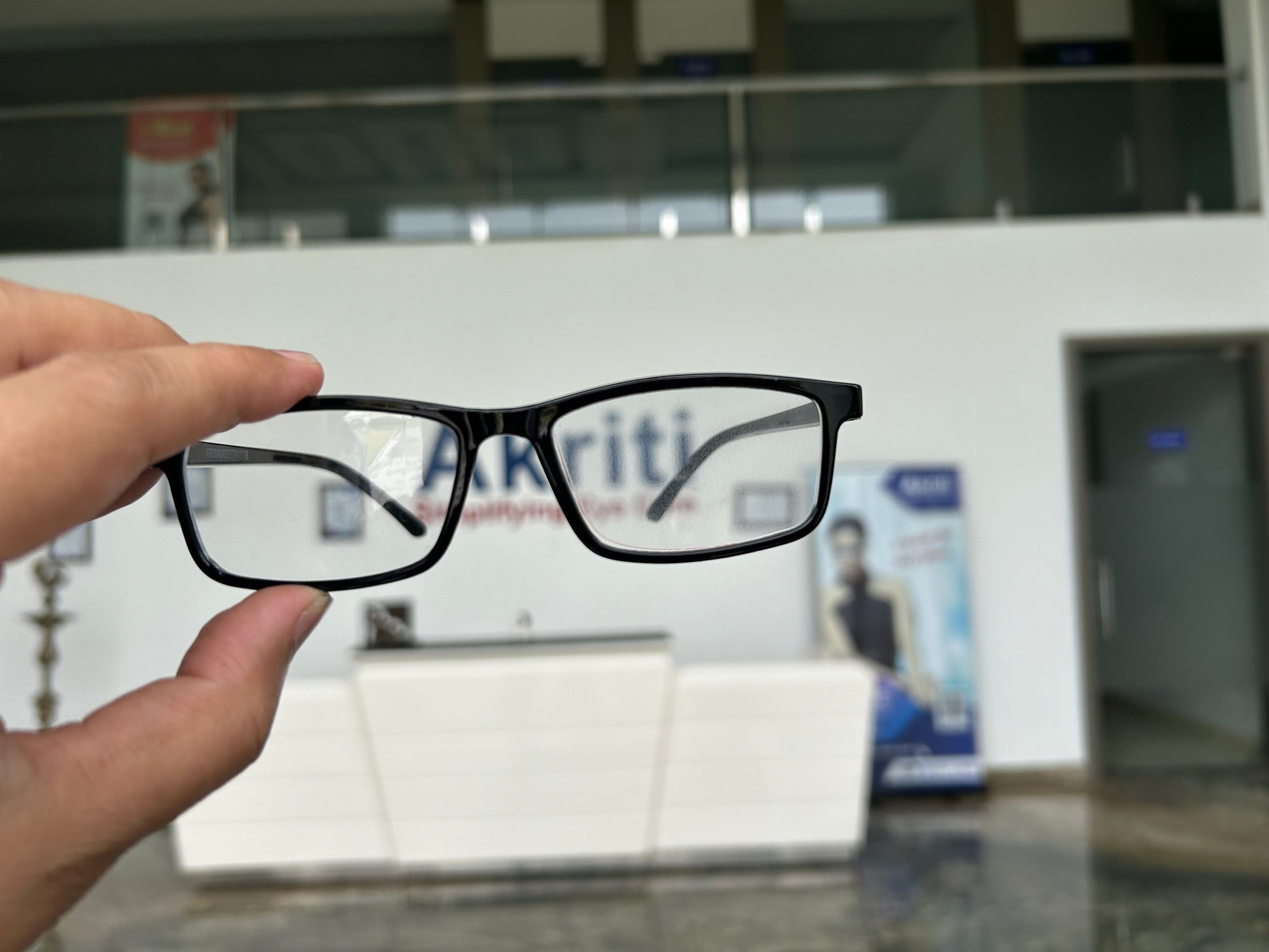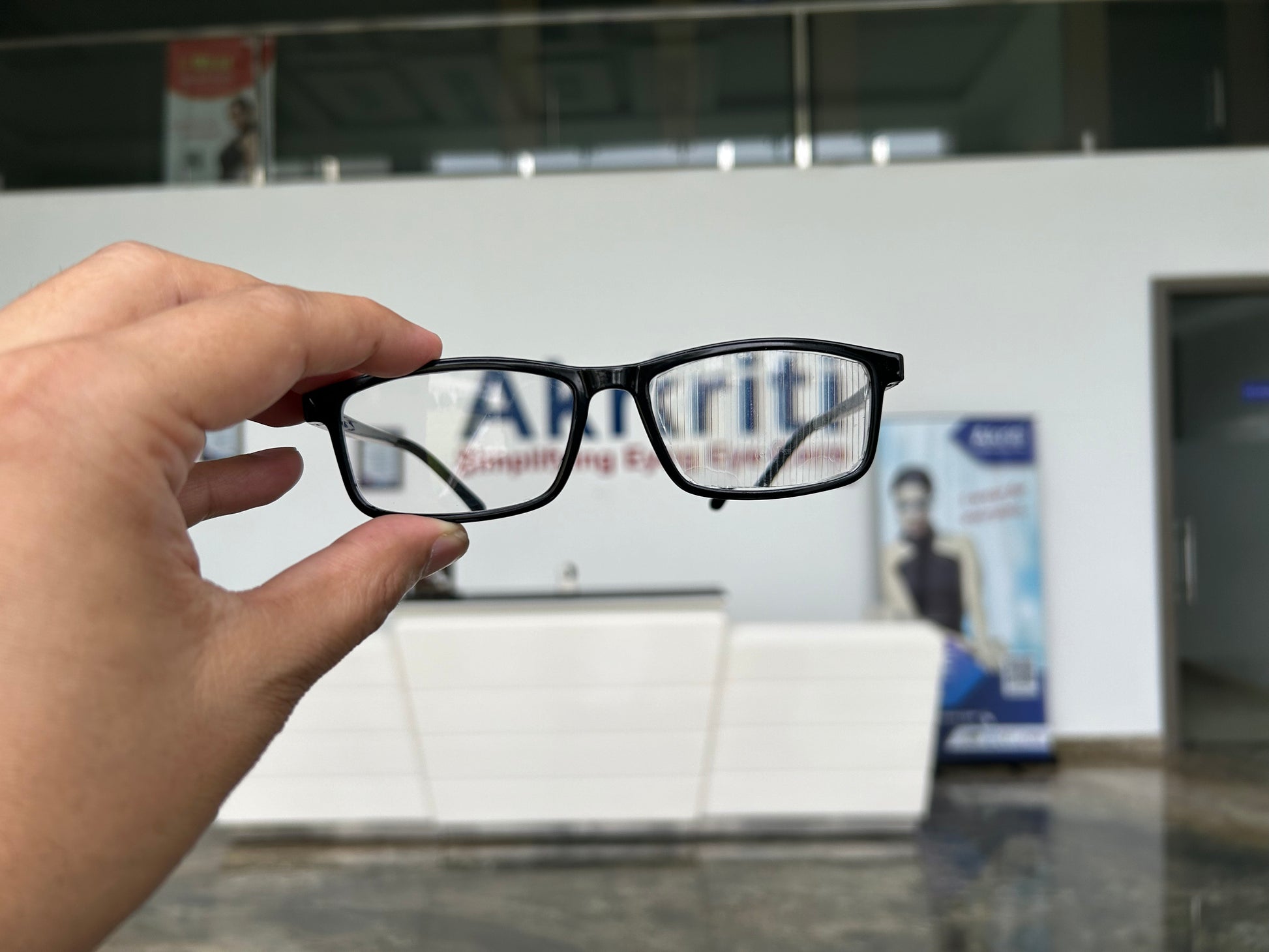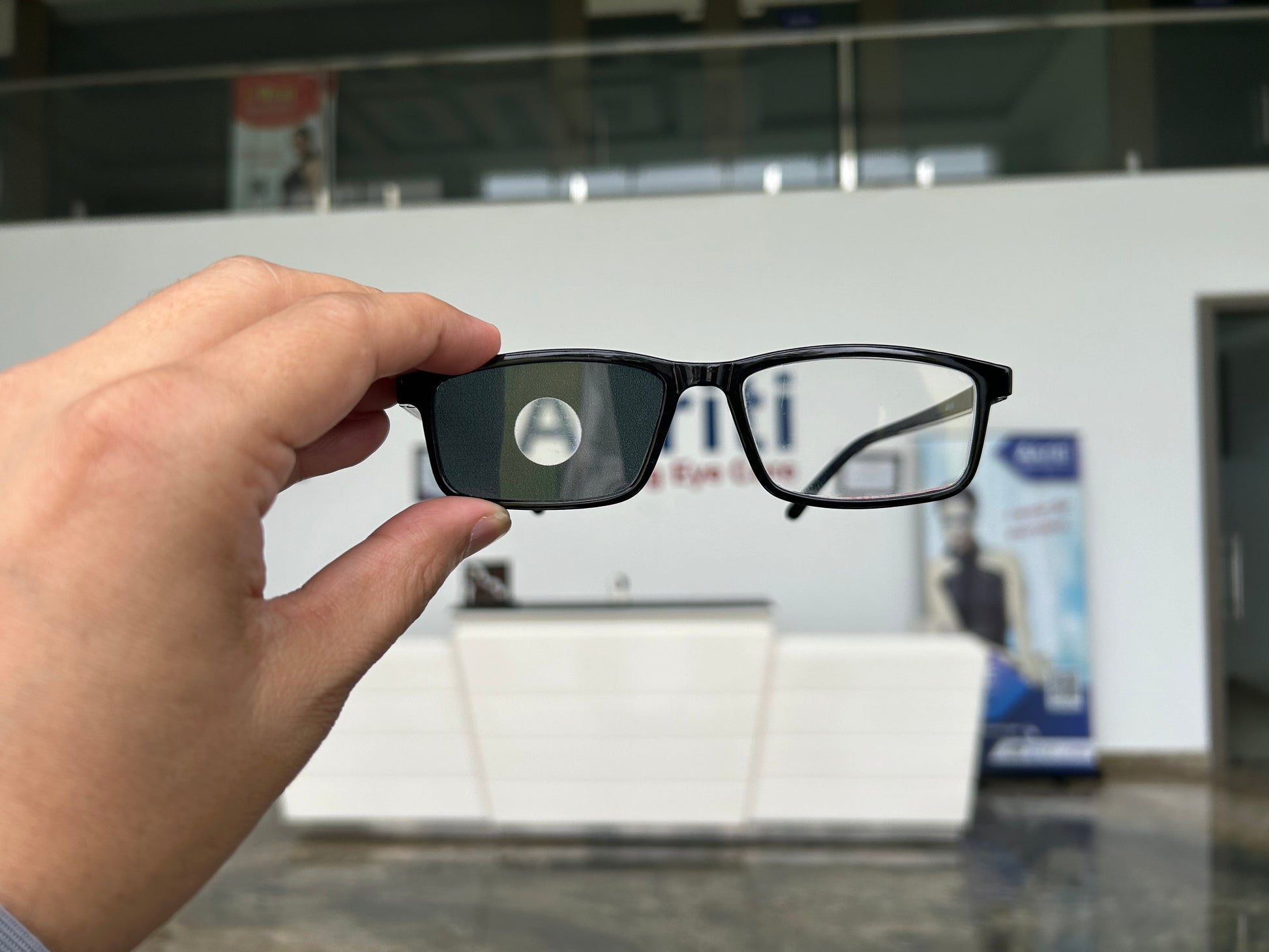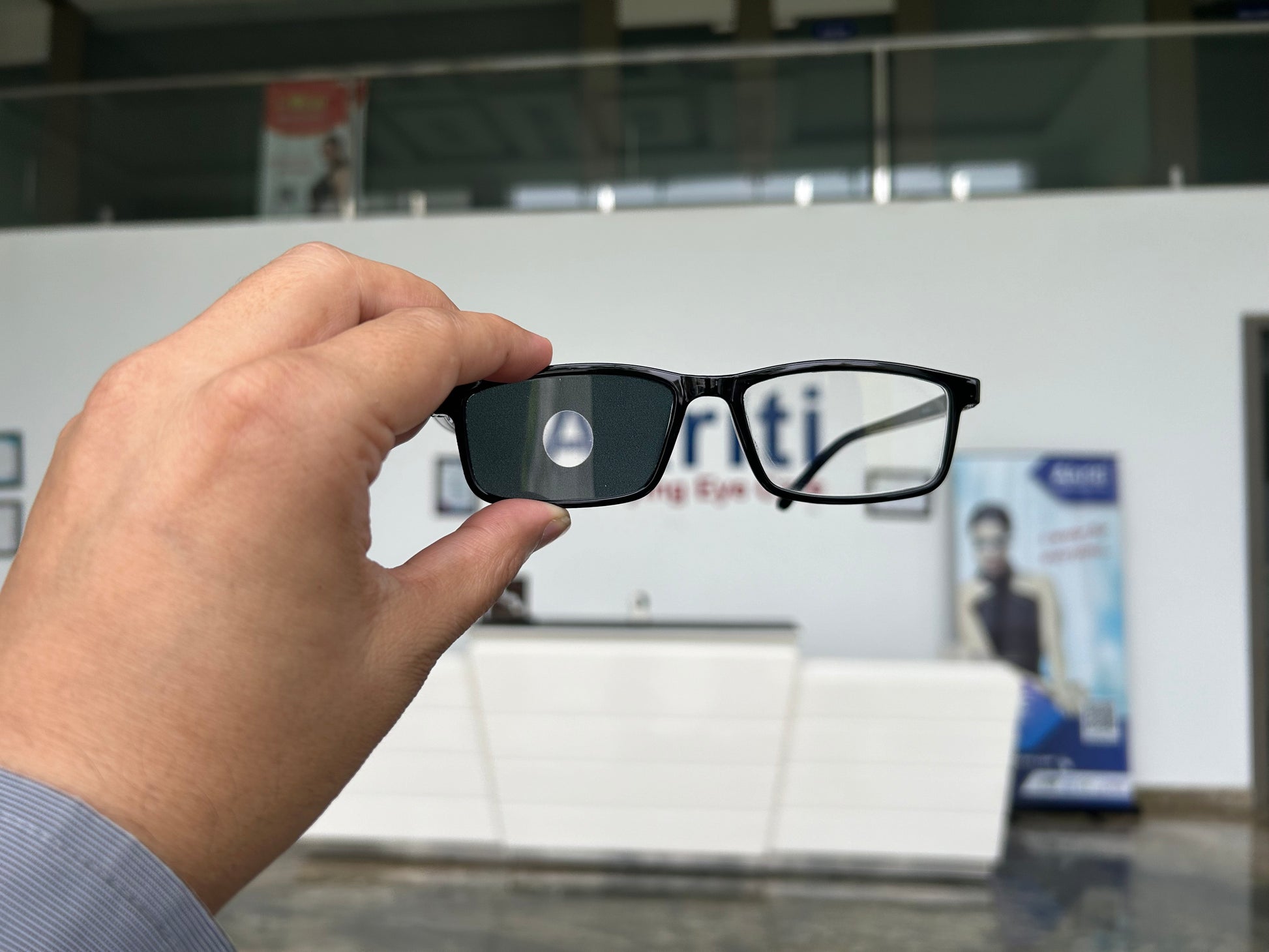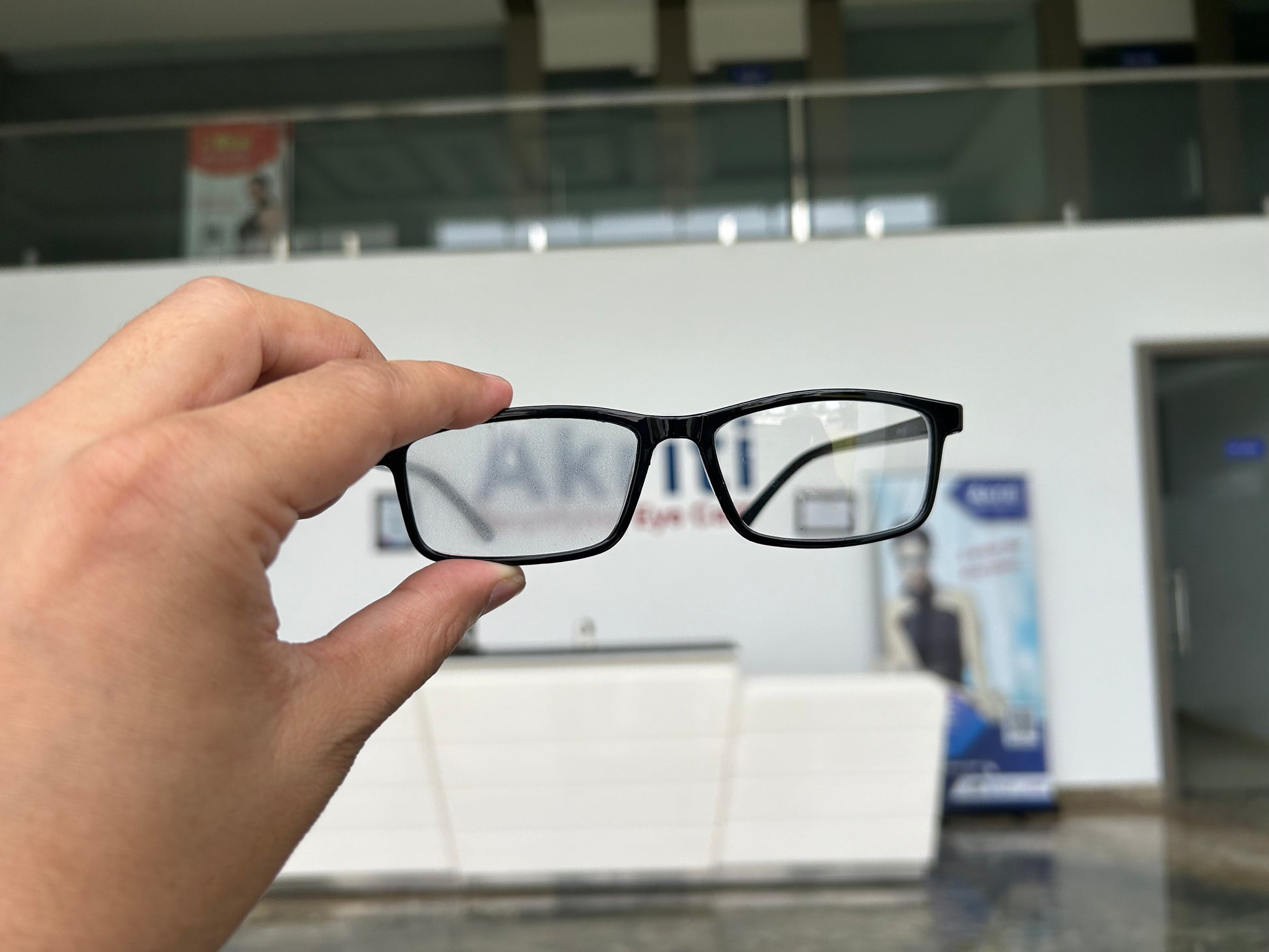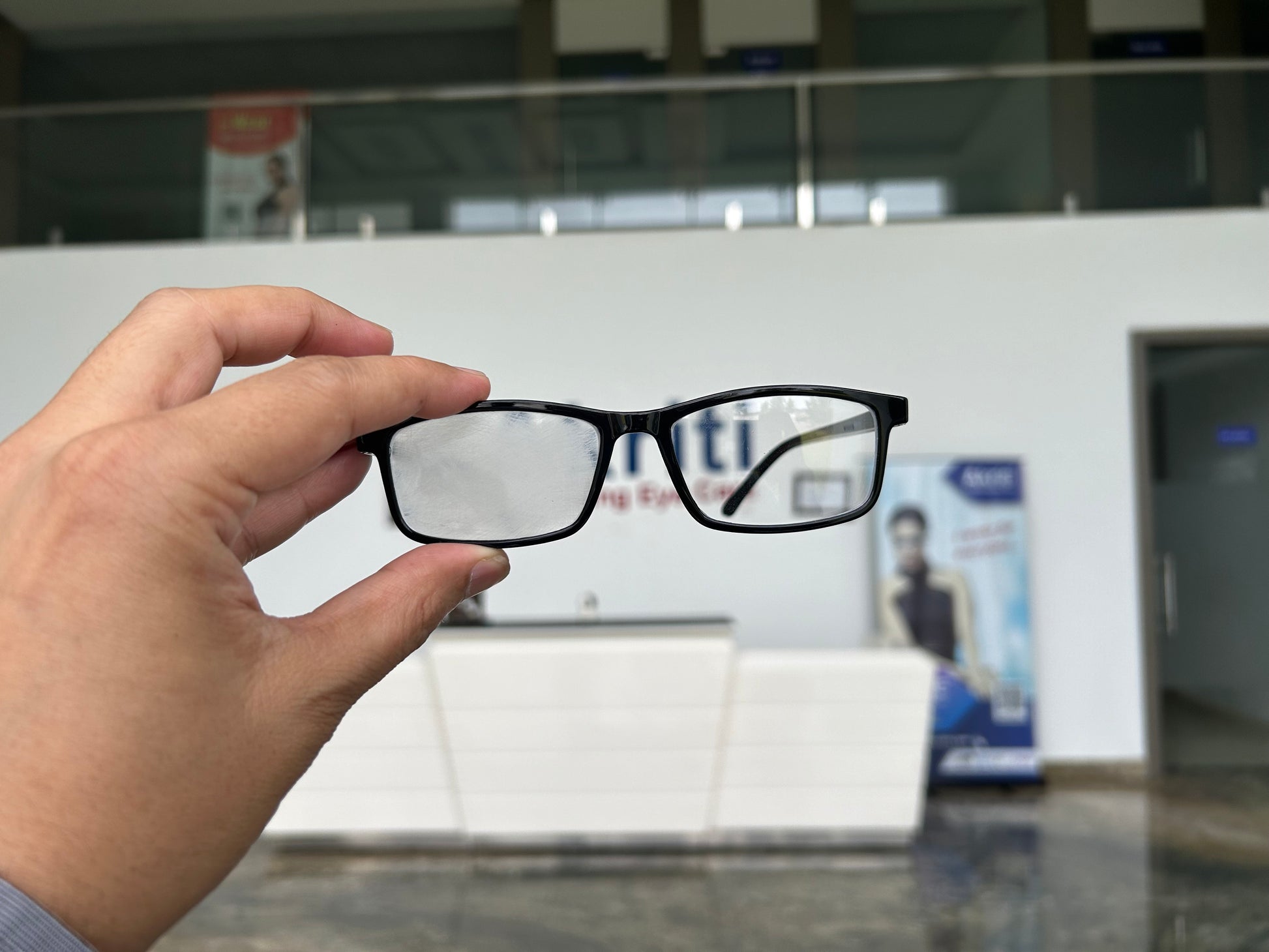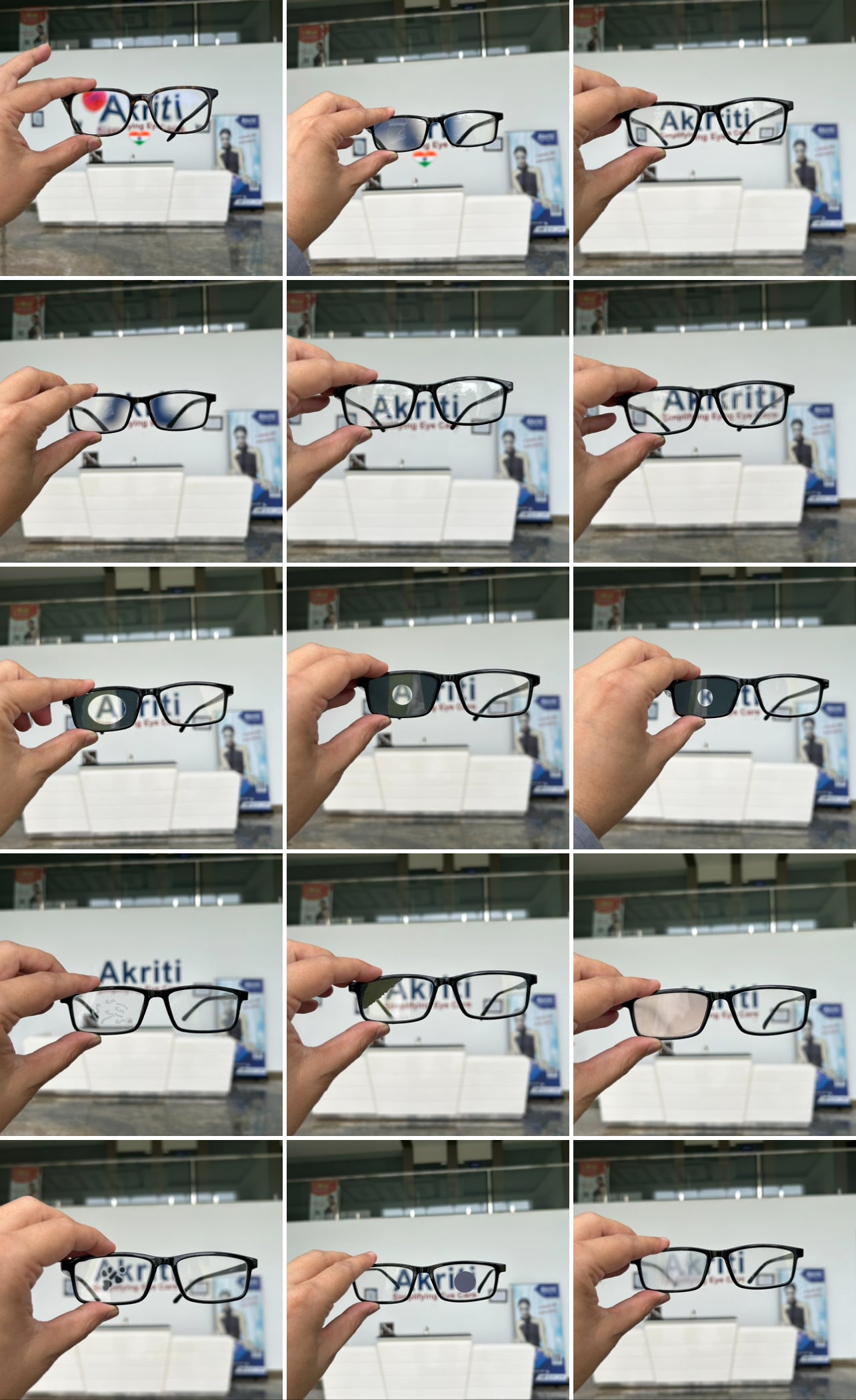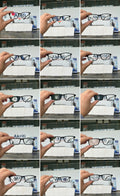Eye Disease Simulator By Akriti Ophthalmic
Guarantee safe & secure checkout
-
Estimated Delivery:Jan 03 - Jan 07
-
Shipping charges calculated at checkout
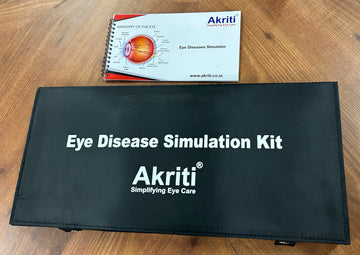
Eye Disease Simulator By Akriti Ophthalmic
The Eye Disease Simulator designed by Dr. Kuldeep Raizada for Orbis International effectively covers a range of eye conditions, providing users with an immersive experience that allows them to understand the implications of each condition on vision. Here are the various eye conditions included in the simulator:
1. Cataract
-
Description: A condition characterized by clouding of the lens, leading to significant vision impairment.
-
Simulation Features: Users may experience blurred vision, glare, and difficulty seeing at night, simulating the gradual vision loss associated with cataracts.
2. Glaucoma
-
Description: A group of eye conditions that damage the optic nerve, often related to high intraocular pressure, leading to peripheral vision loss and potentially blindness.
-
Simulation Features: The simulator may show tunnel vision or blind spots, helping users understand the progressive nature of this disease.
3. Retinal Pathology
-
Description: Covers various diseases affecting the retina, such as diabetic retinopathy, age-related macular degeneration, and retinal detachment.
-
Simulation Features: Users can view distorted or darkened areas of vision, providing insight into how these conditions can affect central and peripheral vision.
4. Refractive Error
-
Description: Common vision problems that occur when the shape of the eye prevents light from focusing directly on the retina, including myopia (nearsightedness), hyperopia (farsightedness), and astigmatism.
-
Simulation Features: Users may experience blurred or distorted vision at different distances, illustrating the impact of each refractive error on daily activities.
5. Amblyopia (Lazy Eye)
-
Description: A developmental disorder where one eye has reduced vision not correctable by glasses or contact lenses, often due to improper visual development during childhood.
-
Simulation Features: The simulator can demonstrate how one eye may receive less visual input, leading to decreased vision and depth perception.
6. Ptosis
-
Description: Drooping of one or both eyelids that can interfere with vision and is often associated with muscle or nerve issues.
-
Simulation Features: Users can see how ptosis may limit the visual field, affecting their ability to see clearly.
7. Double Vision (Diplopia)
-
Description: A condition where a person sees two images of one object, which can be caused by issues with the eye muscles, nerves, or the brain.
-
Simulation Features: The simulator may portray overlapping images or misalignment, allowing users to understand the challenges faced by those experiencing double vision.
Key Features of the Eye Disease Simulator: 1. Interactive Experience: Users can engage with the simulator to visualize the effects of diseases such as cataracts, glaucoma, macular degeneration, and diabetic retinopathy. 2. Visual Impairment Representation: The simulator generates different visual distortions, allowing patients to experience what it feels like to live with specific eye conditions. This firsthand understanding can foster empathy and encourage proactive management of their eye health. 3. Enhanced Patient-Provider Communication: By using the simulator during consultations, eye care professionals can effectively illustrate the impact of diseases, enhancing the patient's understanding of their condition and treatment options. 4. Educational Resource: The simulator can serve as an educational tool for both patients and their families, helping them grasp essential concepts about eye health, the importance of regular check-ups, and lifestyle choices that can impact vision. 5. Empowerment through Knowledge: By bridging the knowledge gap, patients are empowered to take a more active role in their eye care, leading to better outcomes and improved overall health literacy. The Eye Disease Simulator represents a significant advancement in patient education, making complex medical information more accessible and understandable. By leveraging technology in this way, Dr. Raizada???s initiative aims to foster better relationships between patients and their eye care providers, ultimately leading to improved eye health management.
Shipping cost is based on weight. Just add products to your cart and use the Shipping Calculator to see the shipping price.
We want you to be 100% satisfied with your purchase. Items can be returned or exchanged within 30 days of delivery.
Discover more in our FAQ
What types of products does Akriti offer?
We specialize in eye care and diagnostic tools, including pediatric eye patches, vision testing charts, color vision kits, and more.
Are your products certified?
Yes, most of our products are ISO certified and trusted by clinics, hospitals, and professionals across India.
How can I place an order?
You can browse our website, add items to your cart, and checkout securely online. For bulk orders or distributor inquiries, contact us directly.
Do you offer pan-India shipping?
Yes, we deliver across India through reliable courier partners.
